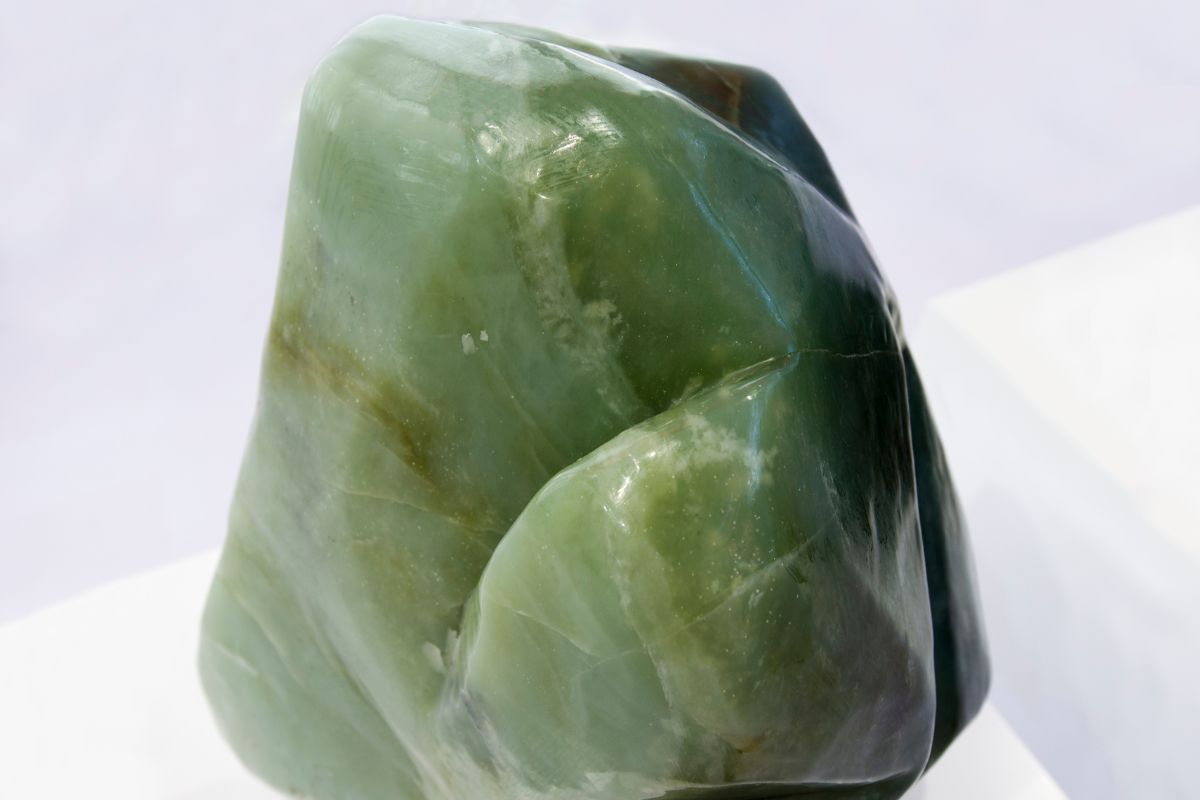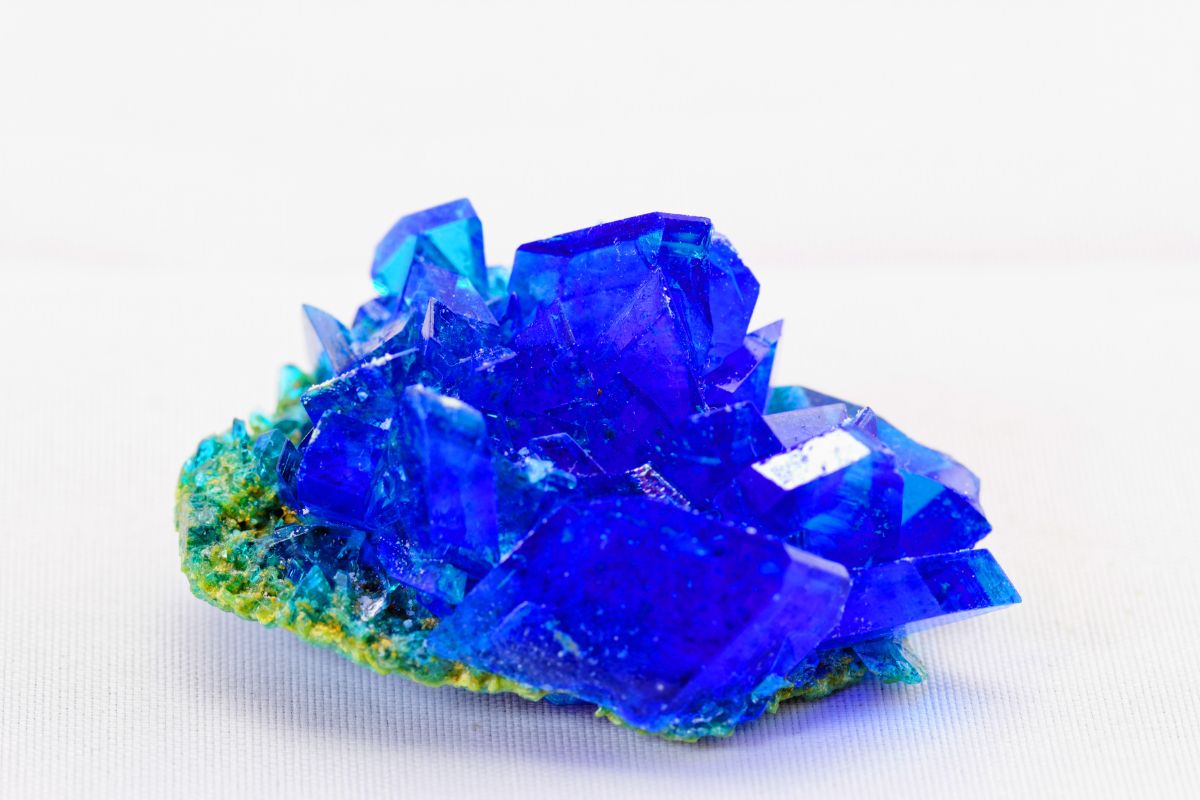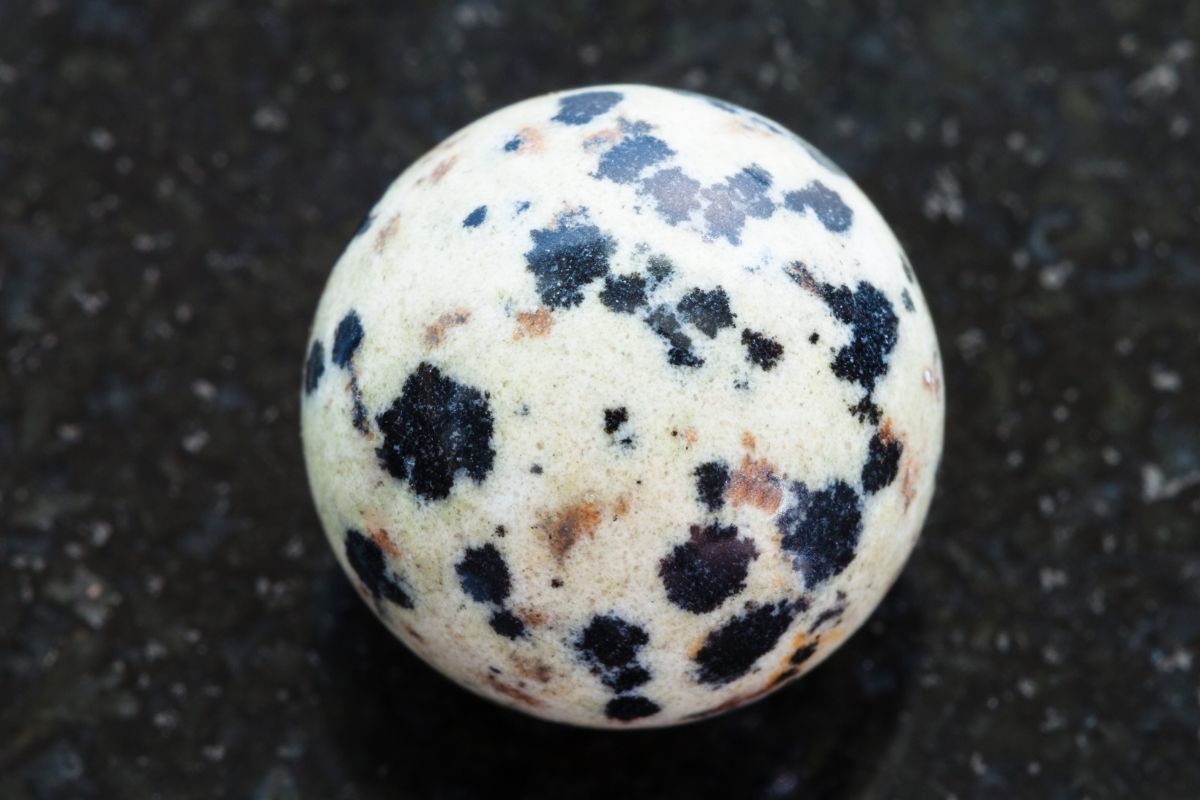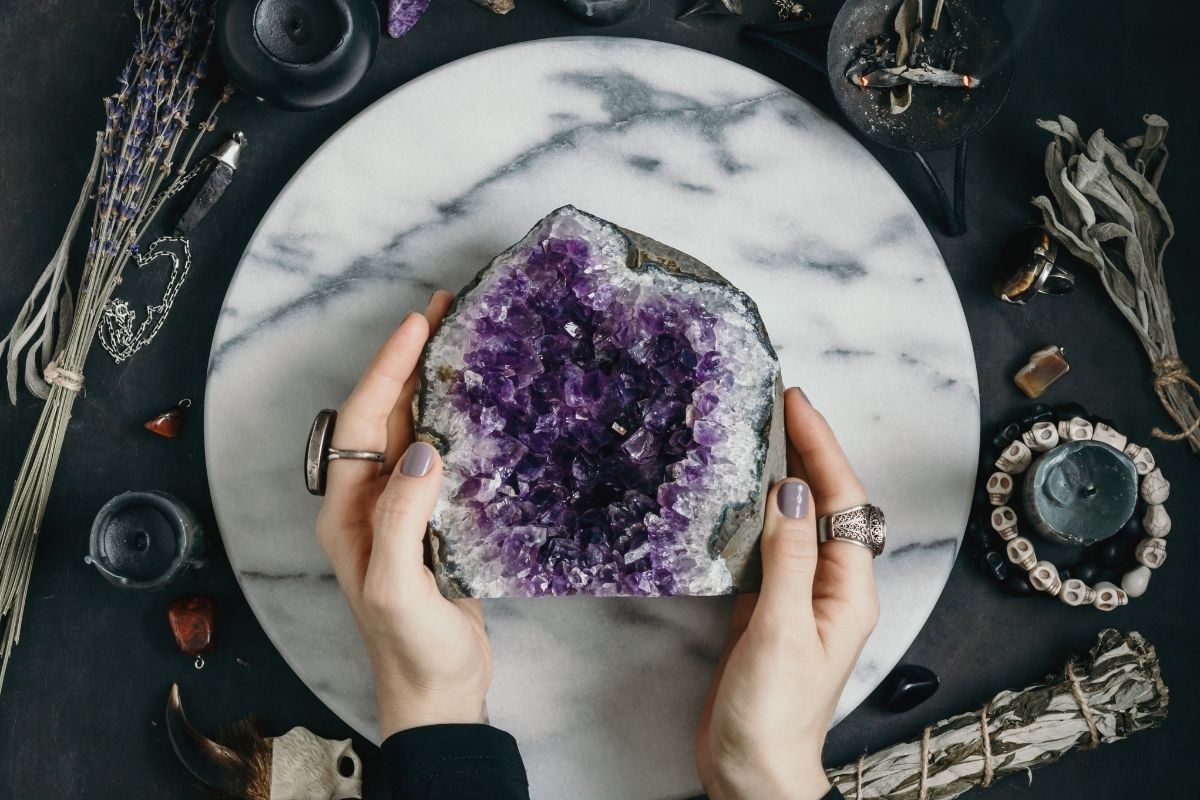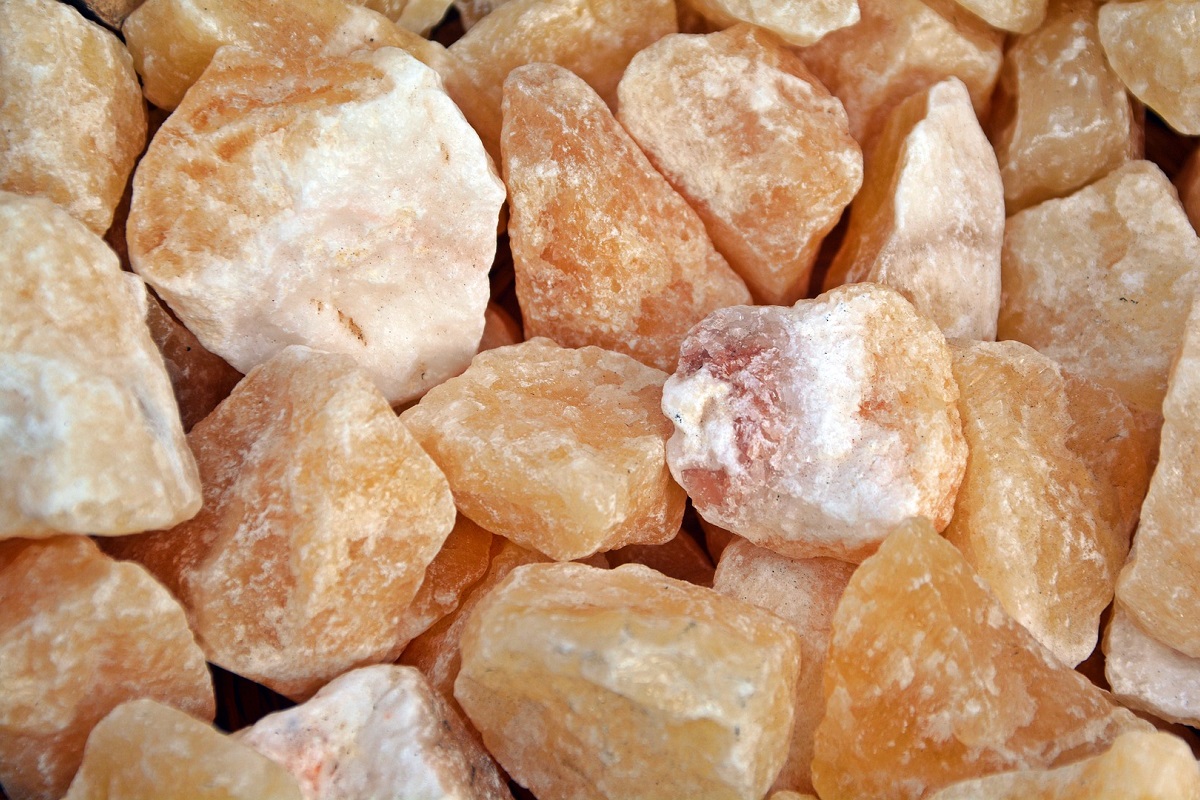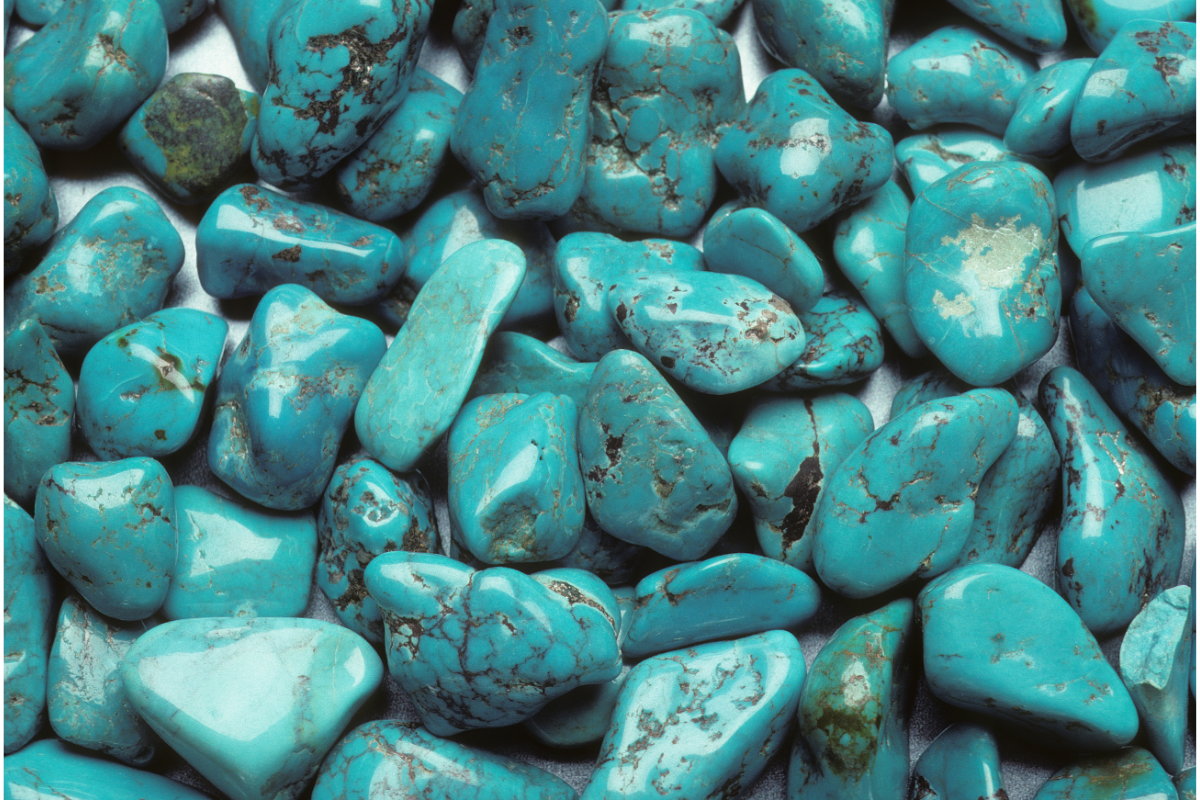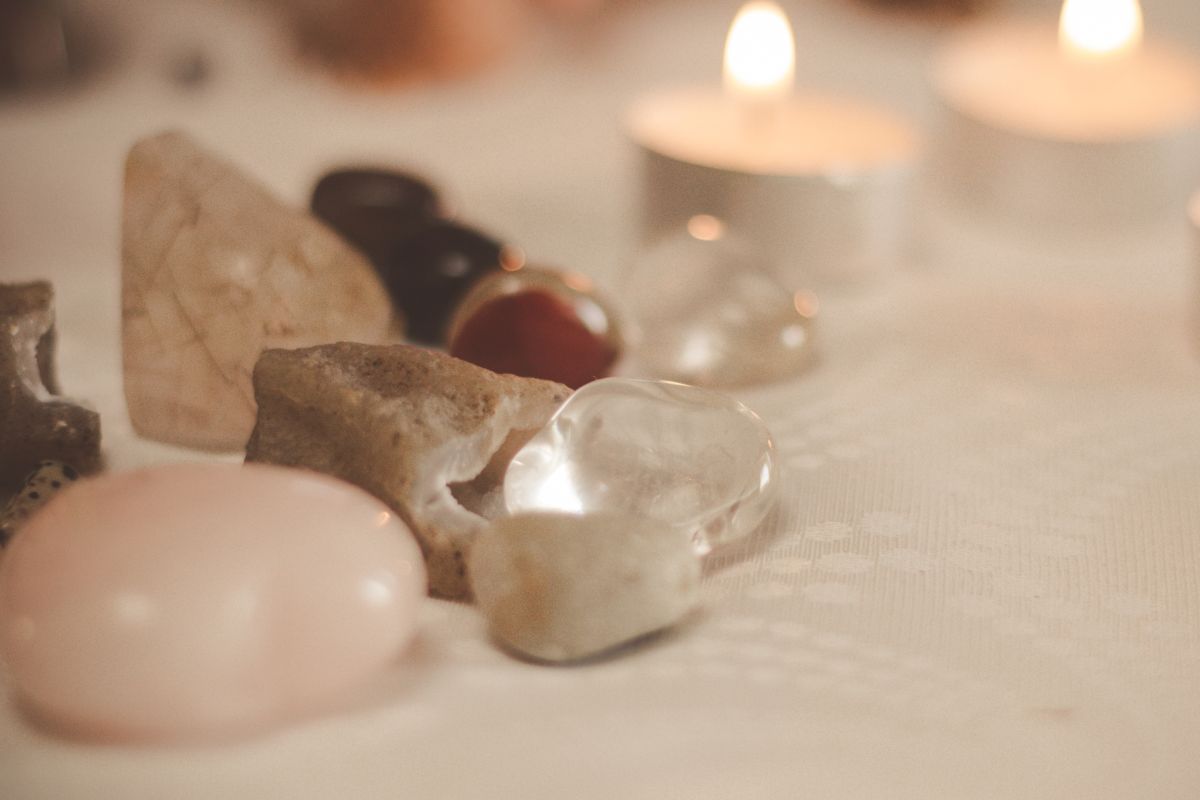Got your eye on a stunning gemstone that would look perfect in your collection? But you might be worried about it being fake. And for good reason.
You might be persuaded to purchase that ostensibly lovely but perhaps fake gemstone by its brightness, sparkle, color quality, and longevity.
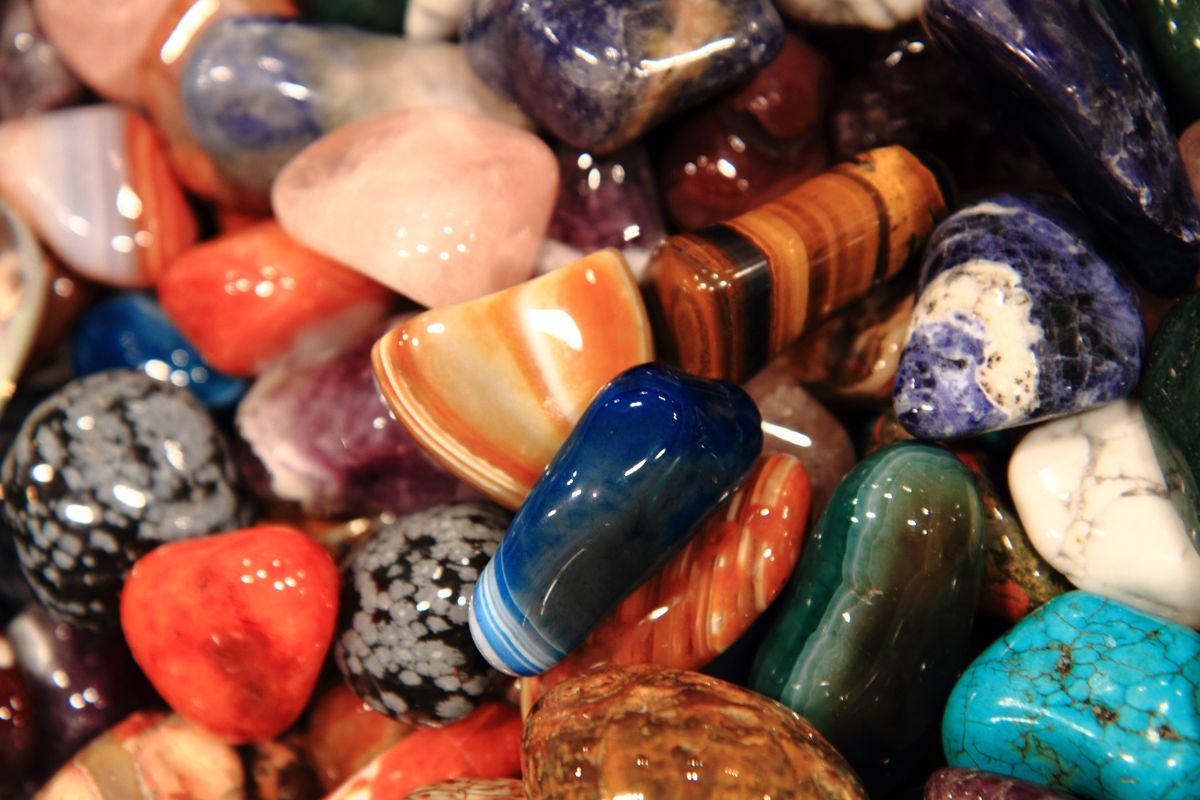
Much like other extremely valuable markets, the gemstone market has quickly become flooded with dupes and fakes.
Ensuring that you spend your hard earned money on a beloved gem that looks real, feels real yet is a complete fraud. And you will be none of the wiser.
So, we have put together a guide to ensure that you can tell if a gemstone is real (see also ‘How to Tell if Jade is Real‘) and are never duped again!
Factors To Consider
When determining the authenticity of a gemstone, there are certain factors to be considered and particular things to look for. While a new gemstone collector may find these items to identify, it is still possible. You just have to know where to look
Color of The Gem
Nowadays, gemstones are treated to enhance its color and make it more appealing to the eye. This does not mean that it is fake or any less valuable. However, it does make it easier for fakes to be disguised as real and sold at a higher price.
If a gemstone is real it will have a vibrant color and be pleasing to the eye. There are 3 things to look for when it comes to the color of a gemstone:
- Hue. This means identifying the stones main primary and secondary colors.
- Saturation. This is judging the brightness of the color or the lack of color. Typically the more vibrant the color of the stone, the more valuable it will be. It is important to be aware of hints of brown or gray and avoid them at all costs.
- Tone. This pertains to the amount of blackness in a stone. A medium tone is of good standard for colored gemstones.
Credibility Of Your Seller
It might be challenging to locate the ideal gemstone. First find a reputable seller who can inform you about your gemstone and assist you in selecting the best quality, cut, and type of gemstone for your requirements.
You can use this to make an informed purchase decision. Even well regarded jewelers occasionally offer phony stones, so it’s vital to be extremely cautious when making purchases there.
Much like going to the hair salon, you find one you trust and you stick with them unless absolutely necessary.
Before a stone is sold it must be certified from a government laboratory. Always protect yourself by demanding an appropriate government lab certificate. This will clearly state the authenticity of the stone and any treatments it has been subjected to.
Shape And Design

When it comes to purchasing an expensive gemstone, many are particular about the cut and shape of the stone, And why shouldn’t they be? Each cut and shape has something different to offer.
When searching for the perfect gemstone, ensure it is void of any scuffs or marks.
The ring or pendant should be made so that it meets the skin and allows the rays to penetrate through the gemstone and into the body in order to produce the proper astrological outcomes.
Transparency
Once you have been assured of a certificate of authenticity, have found the cut, shape, and color you like then there is just 1 more thing to consider. The transparency of the stone.
The more transparent the gemstone, the more valuable it is. But take care—it should not be heated, filled with glass, or filled with metal to achieve transparency.
The effectiveness of a gem is diminished by an improvement made to them, which is very common today.
Test Your Gemstone At Home
You may have purchased your gemstone and are now questioning the authenticity of the stone and if you got conned into buying a fake gemstone. However, there are a few quick tests that you can do at home to ease your mind.
1. Check Its Malleability
A stone that is easily malleable through hammering, crushing or bending is less likely to be a true gemstone. True gemstones are made of crystalline structures.
This structure has permanent planes that cannot be changed by pressure alone, but it can be sculpted through cutting, fracturing, and abrasion.
You should never hit your gemstone with a hammer unless your goal is to shatter it to pieces.
2. Identify If It Is An Assembled Stone
An assembled stone is made for 2 or more materials. They will be made of natural gems but in order to enhance its appearance, synthetic materials will be mixed in.
You can use a penlight to illuminate the stone to ensure it is smooth with no signs of tampering.
The luster and color will be inconsistent.
You should also be aware of the ‘red ring effect’. Search for a red ring along the stone’s outer edge by turning it face down. You most likely have an assembled stone if you can see the red ring.
3. Examine Its Weight
By simply bouncing the stone in your hand you can examine its weight or heft. As you bounce your stone you should ask yourself if it feels as heavy or as lightweight as you would expect for its size.
If it feels too heavy or too light you may want to get it checked at a jewelry store.
Final Thoughts
Identifying real and fake gemstones is no easy feat. With synthetic stones becoming more common than natural stones, you may feel outdone.
However, these stones are still worth your money (see also, ‘How Much is Amethyst Worth?‘) and will last a lifetime.
Although, if you are looking for authentic, natural gemstones then make sure you look for the factors above. From the weight of the stone to the government certification, it is important to make sure you are getting what you pay for.
With these tips you can collect your favorite gems without worry of being duped into buying a fake.
- 15 Crystals That Cannot Be Exposed To The Sun - January 7, 2024
- Malachite Vs Fuchsite – Benefits And Uses - January 7, 2024
- Malachite Vs. Green Jasper: Benefits And Uses - January 7, 2024



